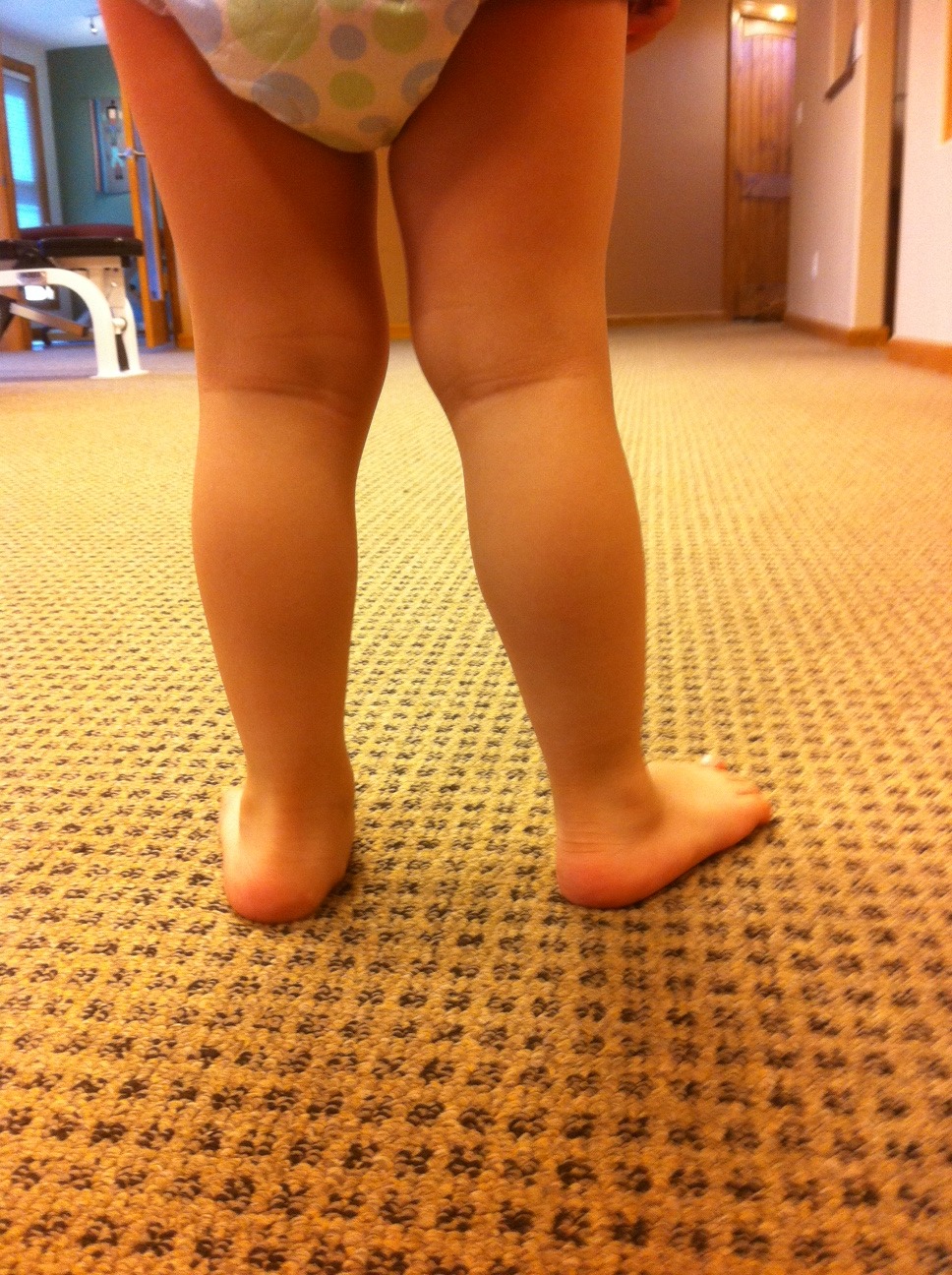Neuromechanics Weekly
Bad posture is ubiquitous:Our Flexor Driven Society
We know you visit here often and read the blog. You do it because of your desire to learn and possibly because of curiosity and wondering what exactly it is that we are saying, or not believing that we actually said it…and can back it up! Do you remember that we said most joint and muscle receptor activity goes to the cerebellum? Do you remember that the cerebellum is NECESSARY for learning? Not just motor learning but ALL learning…
Curious? Read on…
If you think the economy is our problem, maybe you need to look a little closer. These pictures are from a few days ago while at the playground with my kids (yes, the gait cam again…yes, we are watching YOU).
Many human ailments can be linked to imbalance. The Chinese recognized this a few thousand years ago with the concepts of Yin and Yang (pronounced Yin and Yawn; I can still hear Dr Springfield saying “Anyone who says Yang (rhymes with Tang) fails the course). Equal opposing forces are meant to remain in balance to create homeostasis.
This picture is a perfect example of flexor/extensor imbalance (stooped posture creating slow stretch of the extensors of the spine/back and gluteal muscles), which, over time (30 mins or more) increases muscle length.
We are a flexor driven society. Think about all of the voluntary, fine manipulative movements you can make consciously (buttoning a shirt, typing, pushing off with gait). These are all corticospinal (long neurologic tracts from brain to spine) driven phenomenon (ie under conscious control) which are ultimately driving the flexors (go ahead, try and button your shirt with the backs of your fingers (ie. extensors); if you can do it, please send us the video, so we can post it).
Now think about the activities, like standing upright, that are dependent on our extensors, which are largely under the purview of the vestibulospinal system (driven from the cerebellum and vestibular nucleii in the brainstem). Try and contract your L2-L3 lumbar multifidus on the right: you can’t, because it is not under conscious control.
Let’s extrapolate further…We tend to use that which we can control, thus we use our calves and deep flexors of the posterior compartment of the leg. These cause knee flexion and plantar flexion of the foot (and dorsiflexion of the 1st MTP, provided there is adequate range of motion available), which reduce ankle rocker. They will reciprocally inhibit the anterior compartment muscles (like TA and EDL, EHL). Your center of gravity shifts and now you need to engage the quads to right it, rather than the more efficient gluteals. Now the pelvis tips forward due to action of the rectus femoris, shortening the glutes and putting them at a mechanical disadvantage (in addition to functionally weakening the lower abdominal compartment, making athletes more susceptable to hernias), so now we use the hamstrings (but these are reciprocally inhibited by the quads), so we default to the lumbar erectors and so on up the chain.
Flexor dominance leading to extensor inhibition. Not to mention that the cortico spinal pathway (flexors) inhibits the vestibulo spinal and retculospinal pathways (which both drive the extensors) in the brain stem. So, there is a local, segmental effect and cortical loop. When we continue to utilize certain pathways in the brain, they become ingrained (collateralization and facilitation) and that’s how bad motor patterns begin.
Look at the picture above again. Flexed lumbar and thoracic spines, flexed arms, flexed wrists, flexed hips, flexed knees. Not too much extensor activity going on, eh? Thus, More inhibition of the extensors.
We know you visit here often and read the blog, because of your desire to learn. Do you remember that most joint and muscle receptor activity goes to the cerebellum? Do you remember that the cerebellum is NECESSARY for learning? Not just motor learning but ALL learning…
So, sit up straight. Eat your vegetables and work your extensors. Your intelligence depends on it!
Ivo and Shawn. The Gait Guys. Telling you what you need to hear, but don’t necessarily want to hear. Yes, we are watching and yes, our glutes are engaged.

































